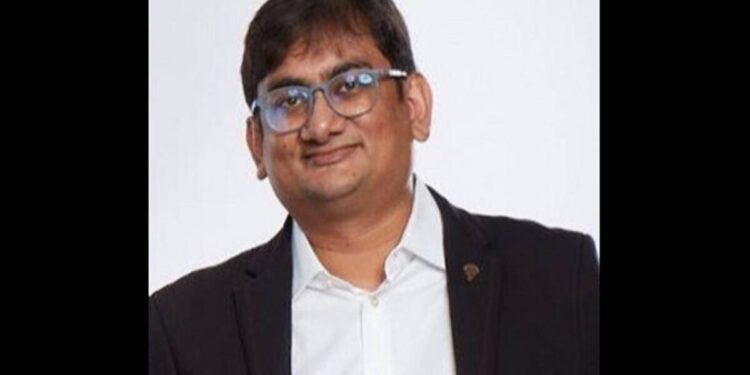 By the end of this year, the company plans to begin its operations in Japan
By the end of this year, the company plans to begin its operations in JapanGaining consumer confidence and acceptance is the first step that any brand takes. The case of direct-to-consumer category is no different, especially in the last year, when the category seems to have seen a significant rise. In an effort to promote its brand, D2C sleep solutions company, The Sleep Company claims to have increased its marketing spends by about eight times to Rs 8 crore in FY22, Harshil Salot, co-founder, The Sleep Company, told BrandWagon Online. Interestingly, the company plans to spend all that money on digital. “We will continue to focus purely on driving The Sleep Company in the digital ecosystem. We will use a mix of Google, social media including Facebook and Instagram, marketplaces such as Amazon and Flipkart, and native advertising to drive both the top end and bottom end of the funnel,” Salot added. The company, which recently onboarded Anil Kapoor as the brand ambassador, claims that its marketing spends in FY21 stood at about Rs 1-1.5 crore.
In 2020, 35% of orders were self-shipped, while the remaining 65% were shipped through a marketplace, as per data from market research firm, Statista. In 2019, the share of self-shipped orders was significantly smaller.
Comfort Grid Technologies Private Limited, the parent company of The Sleep Company, posted revenue of Rs 74 lakh from its first year of operations, while its net loss stood at about Rs 1 lakh in FY20, according to the regulatory filings accessed by business intelligence firm, Tofler. “FY20 (November 2019) was our launch year and as such our focus was to target the right audience and bring in the right people. Marketing was a big part of that effort but wasn’t the cause of any kind of loss. We have been profitable in FY21 with a profit before tax (PBT) of Rs 1.04 crore,” Salot stated. The company claims that its marketing spends in FY21 grew by 10 times compared to FY20 which was at about Rs 10-15 lakh. Moreover, its revenue grew by 15 times in FY21.
The Sleep Company, which currently has products across the sleep comfort range, plans to leverage its patented smart grid technology and launch a range of sitting comfort products such as office chairs, sofas, seats, that are in the product pipeline for about three to six months away. The company also plans to launch offline experience centers in metro cities in the next financial year. “It will not be a point of sale but a point of experience because a lot of people in this segment are still looking for touch-and-feel. Depending on the learnings from metros, we will look at expanding these centers in tier 2 and tier 3 cities. Also, about 35% of our business comes from tier 2 and tier 3 cities so there is clearly a lot of awareness and acceptance to try out different technology products even in smaller towns in India,” Salot noted.
Moreover, the company plans to expand into international markets. For instance, by the end of this year, the company plans to begin its operations in Japan. It is also looking at tapping into the Middle East countries. Currently, 60% of the revenue for the company comes from its own website and the remaining from marketplaces such as Amazon, Flipkart, Pepperfry and Livspace. It claims to be catering to over 3,000 customers every month and expects this to double in the October-December quarter.
Read Also: Amazon Prime Video enters content distribution space; launches Prime Video Channels
Follow us on Twitter, Instagram, LinkedIn, Facebook
Get live Stock Prices from BSE, NSE, US Market and latest NAV, portfolio of Mutual Funds, Check out latest IPO News, Best Performing IPOs, calculate your tax by Income Tax Calculator, know market’s Top Gainers, Top Losers & Best Equity Funds. Like us on Facebook and follow us on Twitter.
![]() BrandWagon is now on Telegram. Click here to join our channel and stay updated with the latest brand news and updates.
BrandWagon is now on Telegram. Click here to join our channel and stay updated with the latest brand news and updates.














